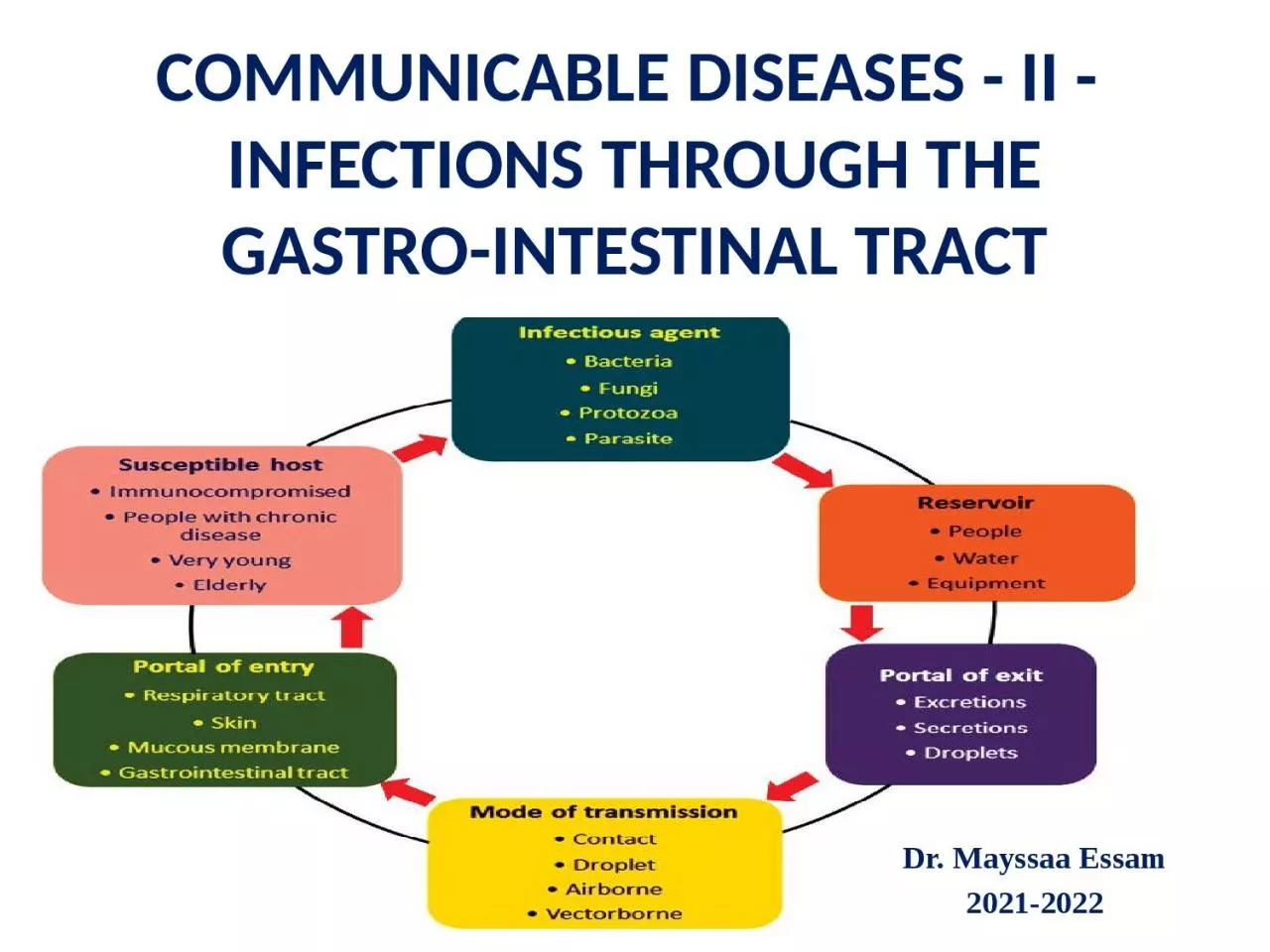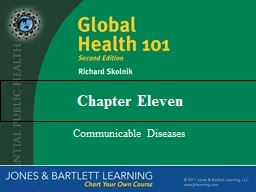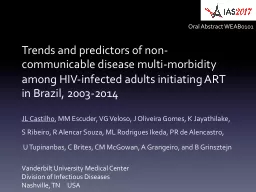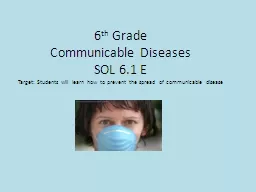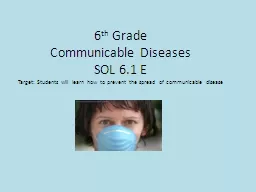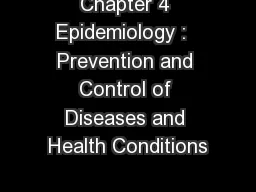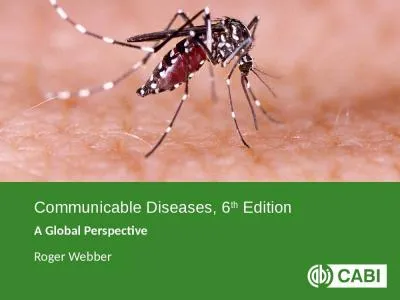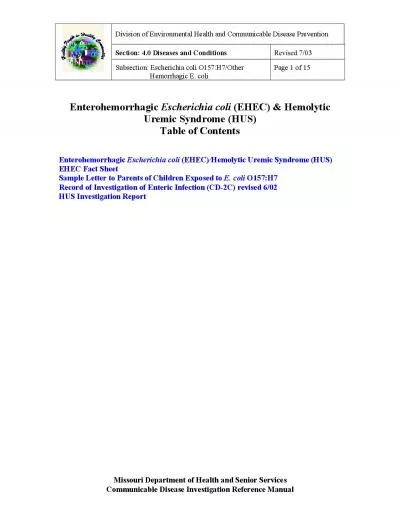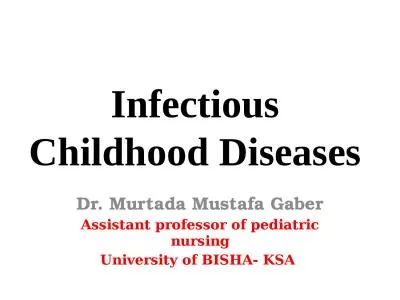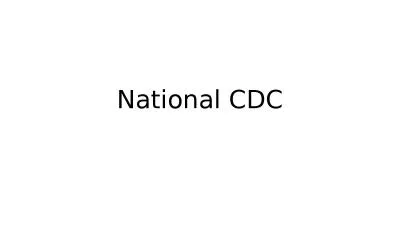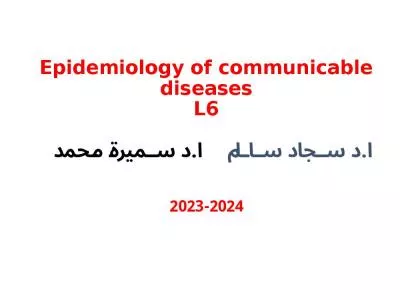PPT-COMMUNICABLE DISEASES - II
Author : BabyDolly | Published Date : 2022-08-03
INFECTIONS THROUGH THE GASTROINTESTINAL TRACT Dr Mayssaa Essam 202 1 202 2 HEAD LINES Infective agents Control of the infections acquired through the gastrointestinal
Presentation Embed Code
Download Presentation
Download Presentation The PPT/PDF document "COMMUNICABLE DISEASES - II" is the property of its rightful owner. Permission is granted to download and print the materials on this website for personal, non-commercial use only, and to display it on your personal computer provided you do not modify the materials and that you retain all copyright notices contained in the materials. By downloading content from our website, you accept the terms of this agreement.
COMMUNICABLE DISEASES - II: Transcript
Download Rules Of Document
"COMMUNICABLE DISEASES - II"The content belongs to its owner. You may download and print it for personal use, without modification, and keep all copyright notices. By downloading, you agree to these terms.
Related Documents

